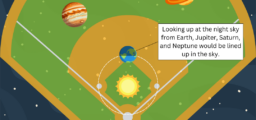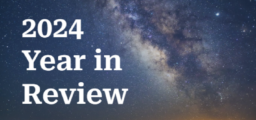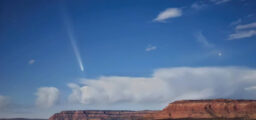City of Kanab Enacts Outdoor Lighting Ordinance to Preserve Starry Nights
On June 26, 2018, by a 3-1 vote, the Kanab City Council enacted an outdoor lighting ordinance to protect the natural darkness that makes Kane County, Utah a great place to see stars. Residents of Kanab expressed elation on social media with comments like “Awesome!”, “Well done!”, and, “This is a win-win for everyone!” “Wow, that is great news”, said Lee Ricci of Cedar City, Director of the Southern Utah Space Foundation.
Kanab Starry Sky Project Team leaders Rich Csenge and Donna Huntsman, serving on the city’s Beautification Board, engaged community residents, business owners and elected officials with patience, perseverance, and respectful listening to help bring about the decision. Throughout a two-year process of research and community education, interactions and dialog, numerous revisions were made to the ordinance. Broad public participation secured a legacy of starry night skies for Southern Utah’s residents and visitors for generations to come.
Kanab joins such rural locales as Springdale and Torrey as the newest among just a handful of communities across Utah that have taken action at the local level to minimize wasted light. Gathering components from outdoor lighting ordinances already enacted in four towns and cities from Utah to Arizona and Texas, a working group of citizens crafted Kanab’s new ordinance to meet the needs of their city with assistance and consultation from the International Dark Sky Association (IDA), the Colorado Plateau Dark Sky Cooperative, and City Attorney Jeff Stott. Three critical provisions of the ordinance set limits on brightness, require shielding, and keep colors in the warm white part of the spectrum, at 3000 degrees Kelvin or lower.
“Quality outdoor lighting for commercial, residential, municipal properties and street lighting will improve public safety and security in the City of Kanab, making neighborhoods and our downtown more attractive by reducing glare, light clutter, excess brightness and sky glow”, said Starry Sky Project Co-Lead, Rich Csenge. Simple, neighborly enhancements such as shielding and aiming lights downward will not only preserve the extraordinary natural darkness of the starry skies within and around the city, but will also help assure that nearby National and State Parks, National Forests, Monuments and Public Lands surrounding Kanab, as well as the Kaibab Paiute Indian Reservation, the world’s very first “International Dark Sky Nation”, receive less spill-light that would diminish their exceptional nighttime darkness.






Comments are closed.